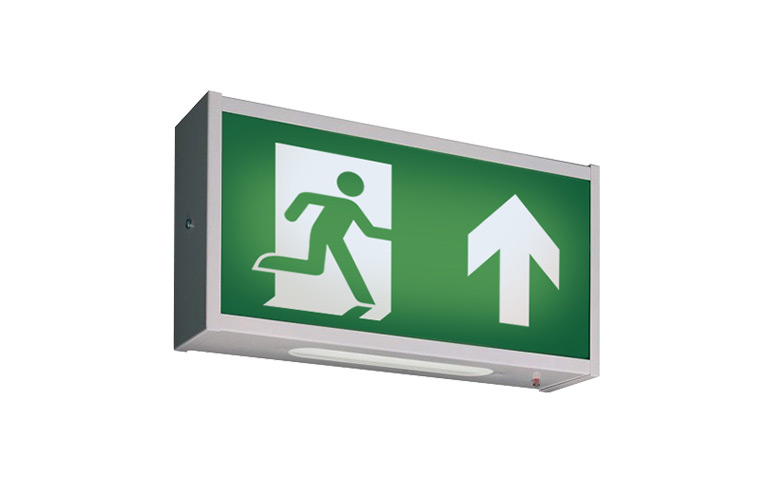What does being a competent person mean?
Published 7th September 2022
Fire Safety - What does being a “competent person” mean? Dame Judith Hackett's Independent Review of Building Regulations and Fire Safety final report – uses…
Read more
Emergency lighting systems forms part of the life safety system at your premises in the event of an emergency.
If there was an electrical power failure at a premises the lighting will illuminate escape and exit routes, it will also illuminate areas if correctly installed such as reception areas or fire control panels.
There are 3 main types of emergency lighting;
The first is in escape routes, meaning routes can easily be identified and be used safely by occupants of the building.
The second is open area or anti panic lighting, this is used to guide occupants of an area in a building towards an escape route.
The third is in high-risk areas, these would be areas where a potentially dangerous process is concerned, allowing occupants to use safety shut down features as part of their planned evacuation plans.
First responders who are not familiar with the building often use the emergency lighting systems when they attend.
Emergency lighting systems are part of a legal requirement. Emergency lighting should be tested frequently.
Most properties do a weekly test of the emergency lighting, faults should be reported immediately for rectification. A full drain down test should be completed by a competent person annually. This means that you can identify emergency lights that have failed.
It is important to remember that failed lights will not operate in the event of an emergency.
Failure to comply with your legal obligations can result in legal action being taken. Reacting after an incident is not enough and you could still be prosecuted for past failures in having sufficient working systems in place.
There are minimum requirements for Lux levels of emergency lighting – these requirements need to be carefully calculated and should not be undertaken by someone who is not competent to do so.
Emergency lighting placement is also a consideration, responsible persons need to ensure that each escape route is lit and that every change of direction or exit door is also covered.
In addition to emergency lighting these areas should also have other fire protection systems in place such as fire extinguishers, fire alarm systems installed and manual call points.
We offer no obligation site survey and quotes, our mission is to ensure that all of our customers premises are safe in the event of a fire situation. Get in touch to book your survey
Published 7th September 2022
Fire Safety - What does being a “competent person” mean? Dame Judith Hackett's Independent Review of Building Regulations and Fire Safety final report – uses…
Read morePublished 30th April 2018
In a commercial or non-domestic property, there must always be someone who is considered the ‘responsible person’. It’s this person's duty of care to ensure…
Read more